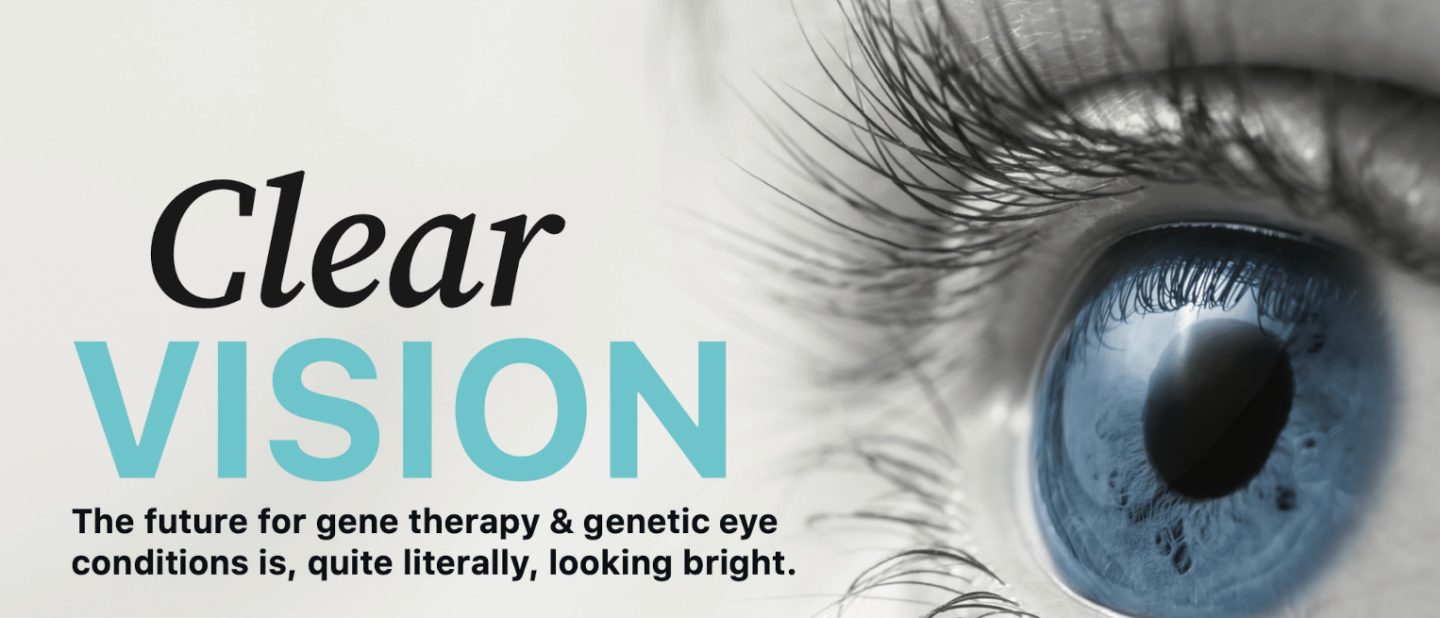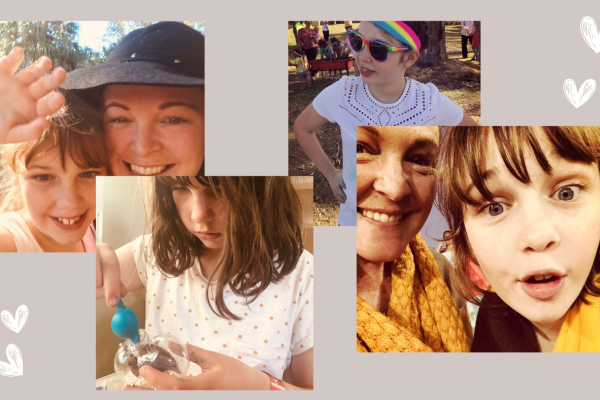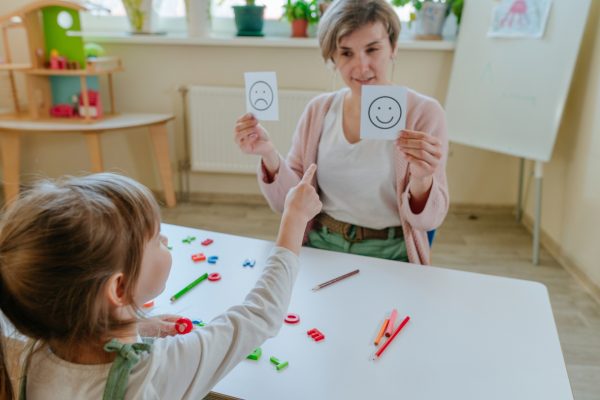
A clear vision for gene therapy
When Professor Robyn Jamieson started out as a young doctor working on the genetics of blindness, she could only hope that one day she could see patients’ sight restored in her lifetime.
“It seemed like science fiction, but about 10 years ago, we started to realise that this really could happen,’’ Professor Jamieson said. “It’s been an evolution which is constantly astounding. It’s really amazing the progress that’s been made.’’
Professor Jamieson is Head of the Eye Genetics Research Unit at Children’s Medical Research Institute and Sydney Children’s Hospitals Network. She is also the leader of Ocular Gene and Cell Therapies Australia.
She made history as part of a team that delivered Australia’s first ever gene therapy for an inherited blinding eye condition in 2020. Gene therapy involves using a healthy copy of a gene to replace the faulty gene in a patient with one injection. The first gene therapy approved by the TGA in Australian was called Luxturna and is used for children and adults with mutations in the RPE65 gene that causes blindness.
As a geneticist, Professor Jamieson had been working with many of these patients since they were diagnosed as young children.
“These patients were mostly diagnosed as babies or during early childhood, and it really is amazing to think about what a roller coaster they’ve been on and what a fantastic result they’re now experiencing,’’
Professor Jamieson said. “We hoped the research would be there, but to see what is happening with the gene therapy now is so fabulous. We were all on tenterhooks, and when the treatment got approved it was such a great feeling to be able to tell the families.
“They’re just so pleased to have had this opportunity, and not only are they maintaining the vision they had, but what we were surprised by, is they are reporting improvements in their vision and that’s really unexpected.
“We did give them hope, but they were probably holding back – not sure about the end result. What they’ve reported the most is the improvement in their night vision. Now they can see people and objects and stars – they’re all talking about seeing stars now.”
While the success of this therapy gives hope for others with different conditions, there is still much work to be done. When a child is diagnosed with a genetic eye condition, a geneticist must then work out what is causing the problem. This can take months and sometimes years.
“We really are in a fantastic position now,’’ Professor Jamieson said. “But the biggest thing is, we need a genetic diagnosis to give a gene therapy. It’s a privilege to be in a situation to work out a genetic diagnosis and to work on new therapies, that is a really amazing opportunity.
“We’re in a good situation but we still need funding, because for a lot of people, their diagnosis is not clear cut and for others there isn’t a therapy on offer. There is still plenty of work to be done.’’
Only 50% of patients get a clearcut genetic diagnosis for their vision impairment.
“The world is our oyster if we can get a diagnosis,’’ she said. “While it is frustrating when you have that patient sitting in front of you and you want to give them answers, you have to step back and look at where we were 20 years ago.
“These families whose children have had gene therapy, while they’d accepted their child’s vision loss, they were still very sad. They held out hope for them, so it really is amazing, and I’m relieved that something did happen after so long of dreaming about it.’’
Support the work of Professor Jamieson and her team by donating to Jeans for Genes which fundraises for the Children’s Medical Research Institute. CMRIJeansforGenes.org.au






